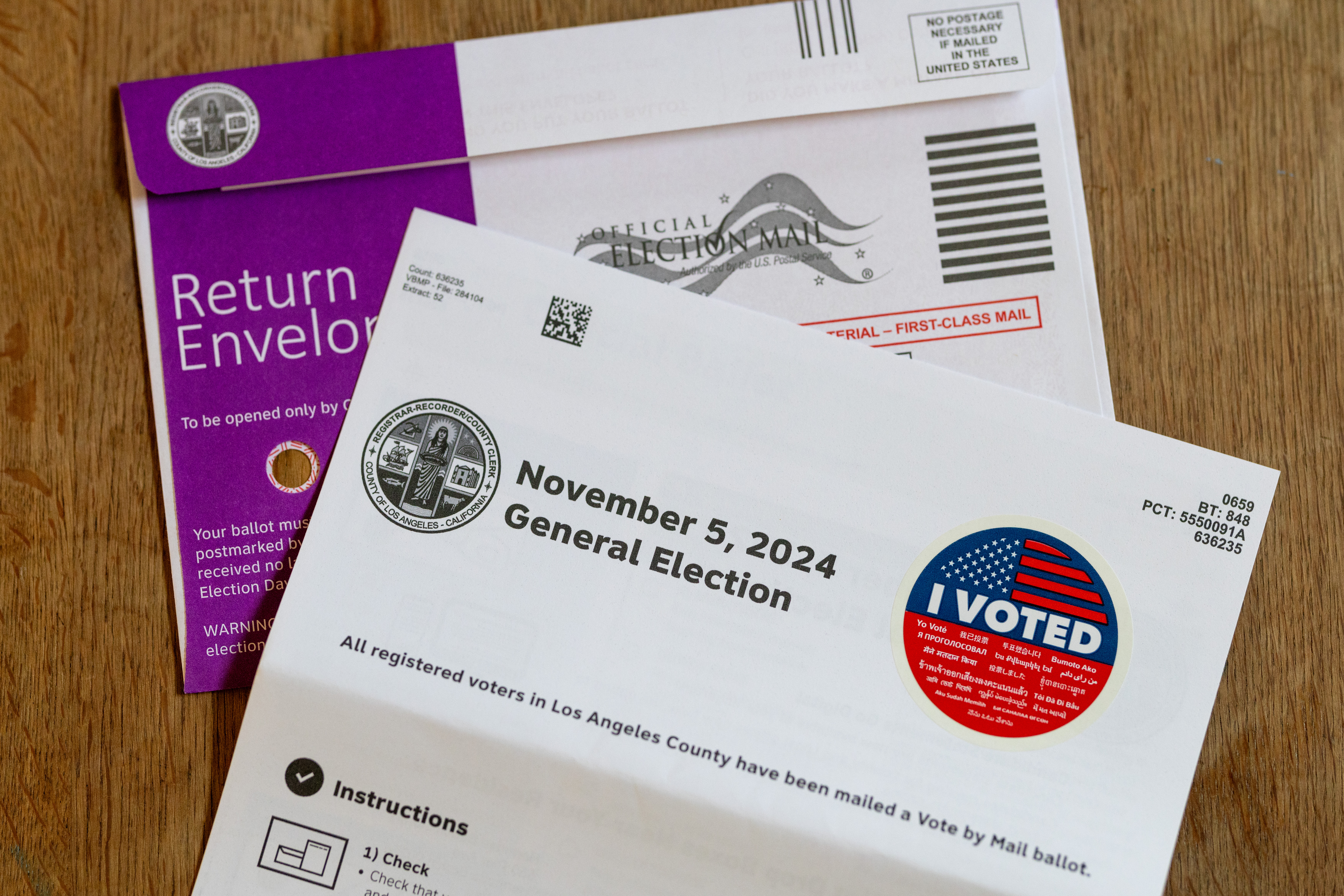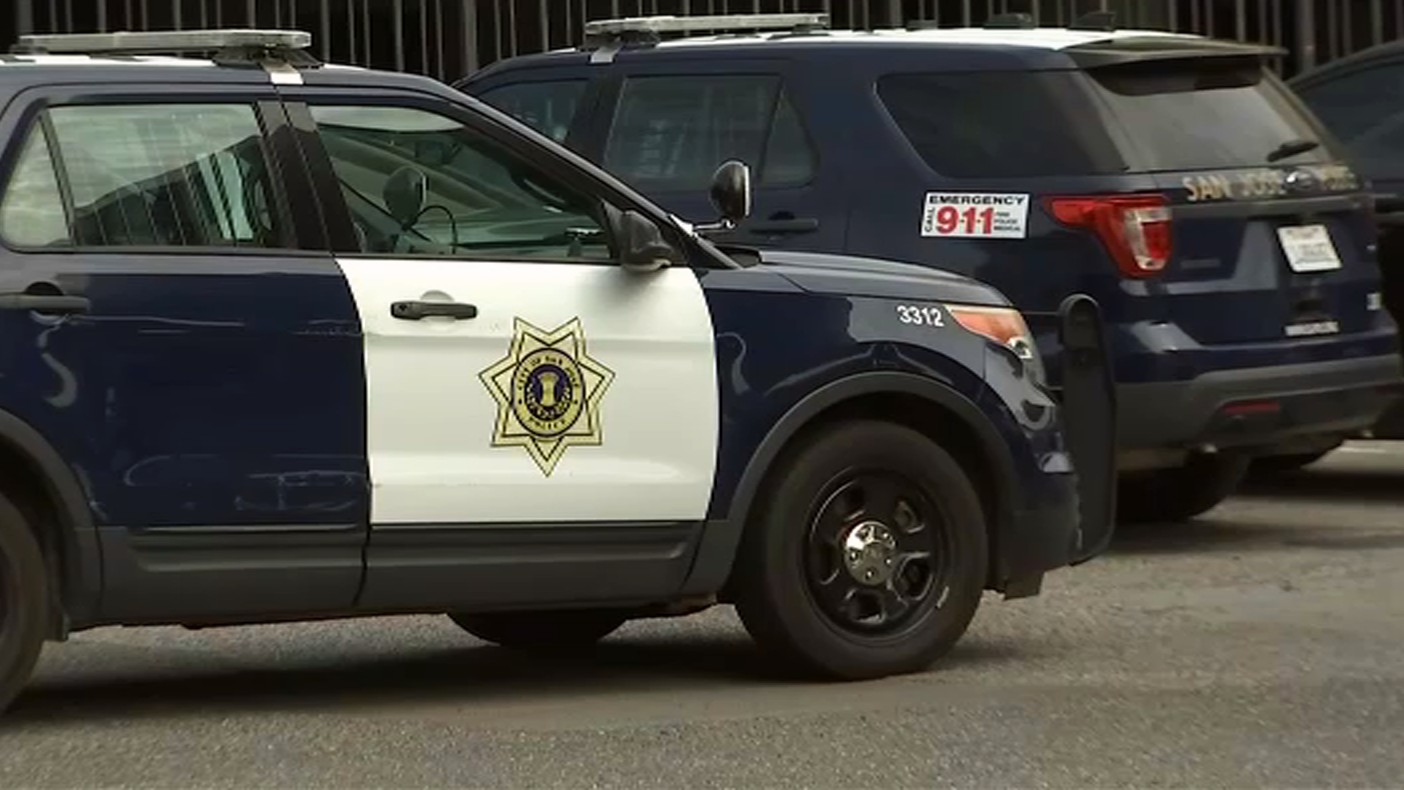The Golden Gate Bridge, Highway and Transportation District is on track to phase in all-electronic tolling on the Golden Gate Bridge in December.
Full implementation of all-electronic tolling will begin in February when cash will no longer be collected at the Toll Plaza, district spokeswoman Mary Currie said.
The district's Board of Directors began the all-electronic planning process in January 2011.
The options for motorists who do not have a FasTrak account will include a pay-by-plate or "one-time payments" that motorists will make up to three days after passing through the toll plaza, Currie said.
Under pay-by-plate, customers set up a license plate account to automatically deduct the toll from their account.
The license plate account can be opened online, by phone or in person at the FasTrak Regional Customer Service Center.
One-time payments may be made online, by phone or in person at the FasTrak Regional Customer Service Center or at a business that is enrolled in the cash payment network system that will be set up in the Bay Area. Businesses providing this service will charge convenience fees for their use.
Local
An invoice will be sent to the registered owner of a vehicle that does not use FasTrak or make an automatic pay-by-plate payment. The first invoice will be sent three days after passing through the Toll Plaza. The payment will be due within 21 days from the date the invoice is mailed, and if necessary, subsequent invoices will be sent every 30 days.
The all-electronic tolling system will be tested and validated in December and cash collections will still be in effect at that time, Currie said.
Currie said 70 percent of motorists crossing the Golden Gate Bridge pay by FasTrak. The bridge district is advising motorists to set up a FasTrak account now, especially those who cross a Bay Area toll bridge more than 10 times a year.
There will be no change in the Golden Gate Bridge toll rates.
The pay-by-plate toll for 2-axle vehicles will be $6, the same as the current cash rate. The FasTrak toll will stay at $5, and carpoolers and disabled persons will still pay $3.
The pay-by-plate and FasTrak tolls for vehicles with three to seven axles also are $6 and $5 respectively. Vehicles with eight or more axles will pay a flat rate of $42 under pay-by-plate and $35 for FasTrak.
Converting to all-electronic tolling is expected to save the bridge district about $19 million over an eight-year period, and reduce congestion on southbound U.S. Highway 101 because motorists no longer will have to stop at the toll plaza, Currie said.
In January 2011, there were 32 toll collectors in the bridge district. As of today, nine have left for various reasons and three have taken other positions within the bridge district, Currie said.
The district has hired 20 temporary on-call toll collectors to back-fill the 12 employees' shifts that require coverage, Currie said.
The bridge district is working with the other remaining 20 toll collectors to find positions within the district for which they are qualified, Currie said.
Seven of those toll collectors have shown interest in the district's current bus operator recruitment, Currie said.
The district is working with the toll collectors' union to develop a separation package that "provides a soft landing" if they are unable to find other positions in the district, Currie said.



